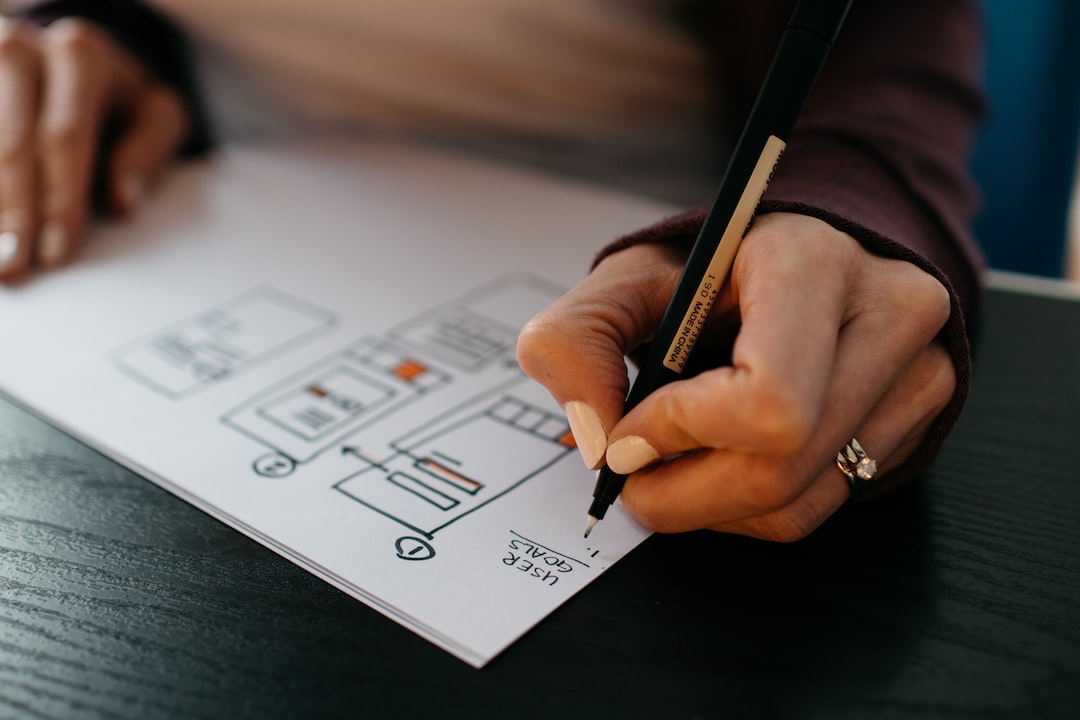The Evolution of Industrial Design: Past, Present, and Future
Industrial design plays a pivotal role in shaping the world we live in. From the products we use daily to the buildings we inhabit, industrial design is the force behind functionality, aesthetics, and user experience. Over the years, this field has undergone significant transformations, adapting to changing technological landscapes and societal needs. In this blog post, we delve into the evolution of industrial design, exploring its past, present, and future.
The origins of industrial design can be traced back to the Industrial Revolution in the late 18th century. As manufacturing processes became mechanized, there was a need to develop functional and visually appealing products for mass production. Artists and craftsmen began working alongside engineers and manufacturers, giving birth to the concept of industrial design. In these early days, emphasis was placed on improving the efficiency and reliability of products, such as machinery and textiles.
However, it was during the early 20th century that industrial design truly emerged as a distinct field. With the rise of mass production and the influence of movements like Art Deco and Bauhaus, designers started to focus on aesthetics, ergonomics, and user experience. The iconic designs of the 1920s and 1930s, such as the Volkswagen Beetle and the Chrysler Airflow, reflected this shift towards functional yet visually appealing products.
Fast forward to the present day, and industrial design continues to evolve in response to new technologies and design philosophies. The digital revolution has had a profound impact on the industry, opening up new possibilities and challenging traditional design approaches. The advent of computer-aided design (CAD) software has revolutionized the design process, allowing designers to create intricate 3D models and simulate real-world scenarios. This has not only accelerated the design process but has also enabled greater experimentation and innovation.
Another significant trend in contemporary industrial design is the focus on sustainability and social responsibility. As awareness of environmental issues grows, designers are incorporating sustainable materials and manufacturing processes into their work. Products are being designed with a lifecycle approach in mind, considering their environmental impact from creation to disposal. Additionally, there is a growing emphasis on inclusivity, making products accessible to people with disabilities or diverse needs.
Looking ahead, the future of industrial design appears promising. The advancements in technology such as 3D printing, artificial intelligence, and virtual reality are set to reshape the field. 3D printing, in particular, holds immense potential to democratize design, allowing people to create their own products at minimal cost. This shift towards user-generated design has the potential to disrupt traditional manufacturing processes and foster greater innovation and customization.
Artificial intelligence (AI) is also projected to have a significant impact on industrial design. AI-powered tools can analyze user data, market trends, and user preferences to generate design recommendations. This can streamline the design process and allow designers to create personalized experiences that cater to specific user needs. Additionally, virtual reality (VR) can enable designers to create immersive and interactive experiences, enabling them to test and refine their designs more efficiently.
Beyond technology, the future of industrial design will likely be influenced by changing societal needs and priorities. As cities become more densely populated, designers will need to create products and spaces that optimize limited resources and enhance quality of life. This may involve designing compact and multifunctional products or creating sustainable urban infrastructures that promote connectivity and well-being.
In conclusion, the evolution of industrial design has been shaped by technological advancements, societal trends, and environmental considerations. From its origins in the Industrial Revolution to the digital age, industrial design has continually adapted, embracing new tools and design philosophies. Looking forward, the future of industrial design will be characterized by the democratization of design through technologies like 3D printing, the integration of AI into the design process, and a focus on sustainability and social responsibility. Industrial design will continue to play a crucial role in shaping the world and enhancing the human experience.

